The Adventures of Milo and Otis
7.6 /10 1 Votes
80% Rotten Tomatoes Genre Adventure, Drama, Family Country Japan United Kingdom United States | 7.2/10 IMDb Duration | |||||||||||||||||||||||||||||||||
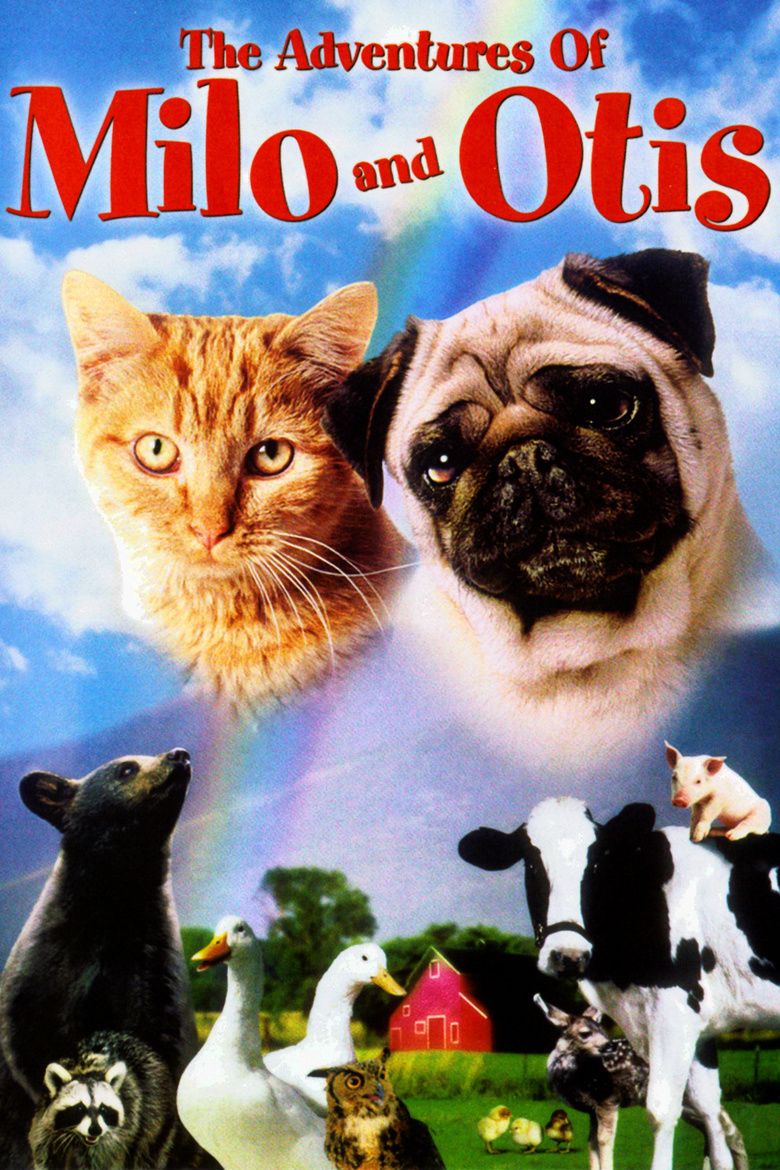 | ||||||||||||||||||||||||||||||||||
Language EnglishSpanishJapanese Release date June 27, 1986 Similar movies Blackhat , 2012 , The Hunger Games: Catching Fire , Mission: Impossible – Ghost Protocol , Independence Day , Cloverfield Tagline Milo is one lucky cat. He's got nine lives and a best friend. | ||||||||||||||||||||||||||||||||||
The adventures of milo and otis deleted scenes 1 of 2
The Adventures of Milo and Otis (子猫物語, Koneko Monogatari, lit. "A Kitten's Story"; alternate English title, The Adventures of Chatran) is a 1986 Japanese adventure comedy-drama film about two animals, Milo (an orange tabby cat) and Otis (a pug). The original Japanese version, narrated by Shigeru Tsuyuki and with poetry recitation by Kyōko Koizumi, was released on June 27, 1986. Columbia Pictures removed 15 minutes from the original film and released a shorter English-language version, written by Mark Saltzman and narrated by Dudley Moore, on August 25, 1989.
Contents
- The adventures of milo and otis deleted scenes 1 of 2
- The adventures of milo and otis chatran tribute
- Plot
- Production
- Soundtrack
- Reception
- Alleged animal cruelty
- Awards
- 01 10 orig milo otis the adventures of chatran koneko monogatari
- References
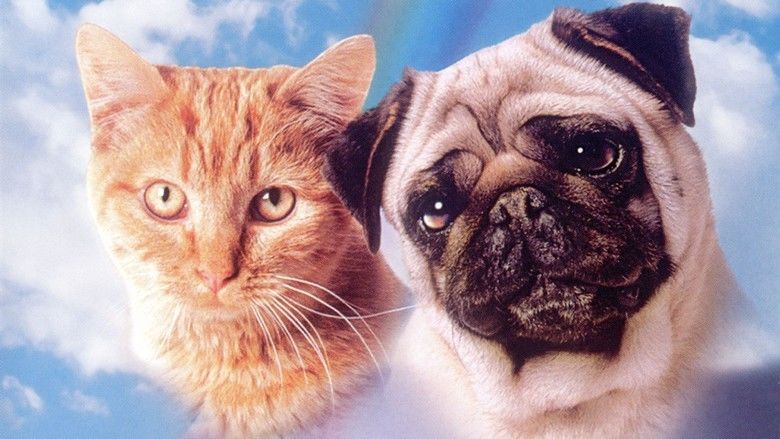
The adventures of milo and otis chatran tribute
Plot
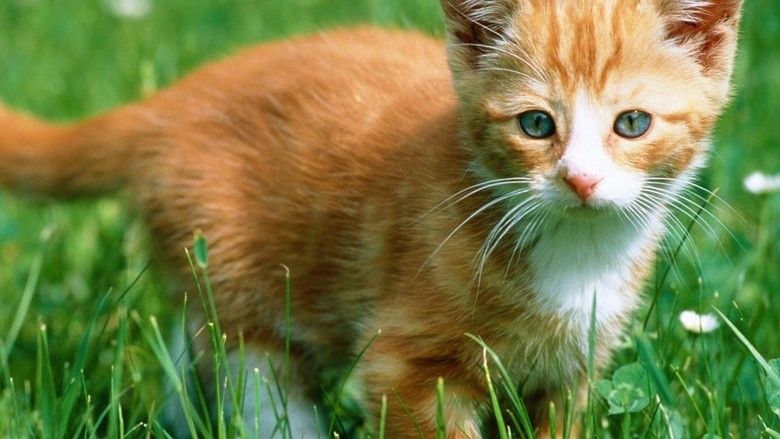
The film opens in 1986 on Nippon Farm with a mother cat named Moth Ari who has given birth to kittens. One of the kittens is named Milo ("Chatran" (チャトラン, Chatoran) in the Japanese version), and has a habit of being too curious and getting himself into trouble. He finds a pug-nosed pug puppy named Otis ("Poosky" (プー助, Pūsuke) in the Japanese version), and they soon become friends. When Milo is playing inside a box floating in the river, he accidentally drifts downstream. Otis runs after Milo. Milo goes on many adventures, escaping one incident after another.
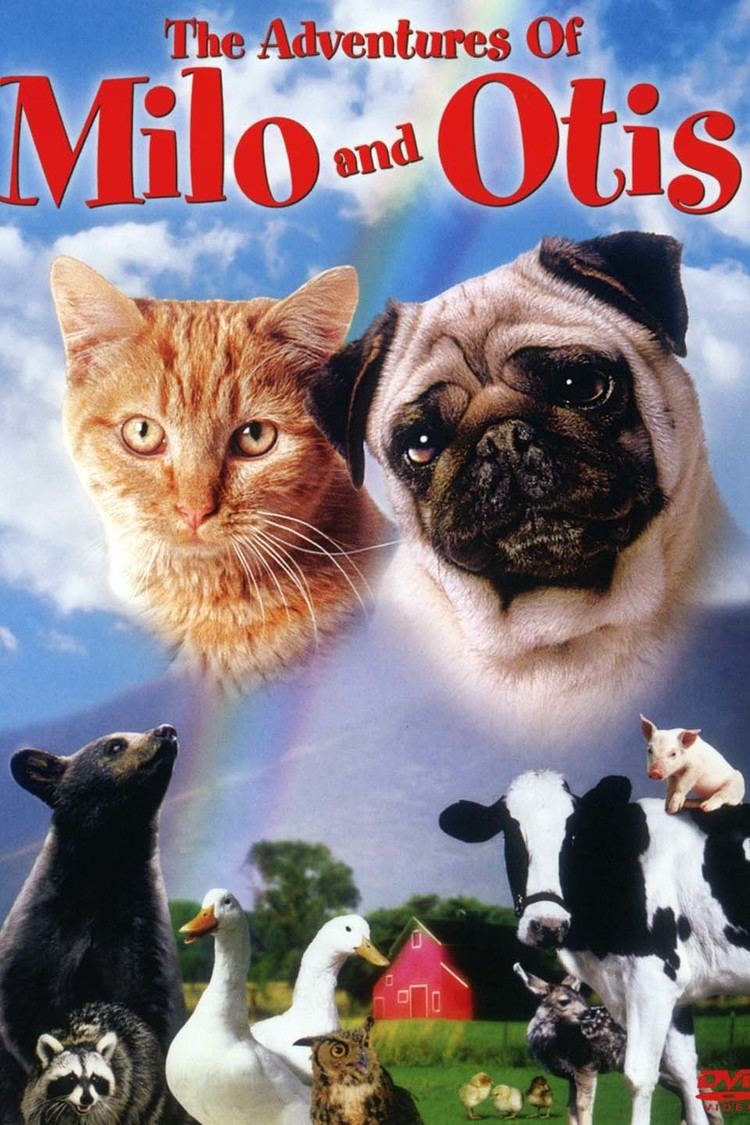
He encounters Bear, escapes from Raven that infested Deadwood Swamp, steals a dead muskrat from Fox, follows a train-track of a train named Nippon Bearway to the home of Deer, who shelters him, sleeps in the nest with Owl, stays for a while with Pig and her piglets, catches a fish, only to have it stolen by Racoon, is mobbed the Seagulls, and evades Bear, then Snake, then falls into an old pit.
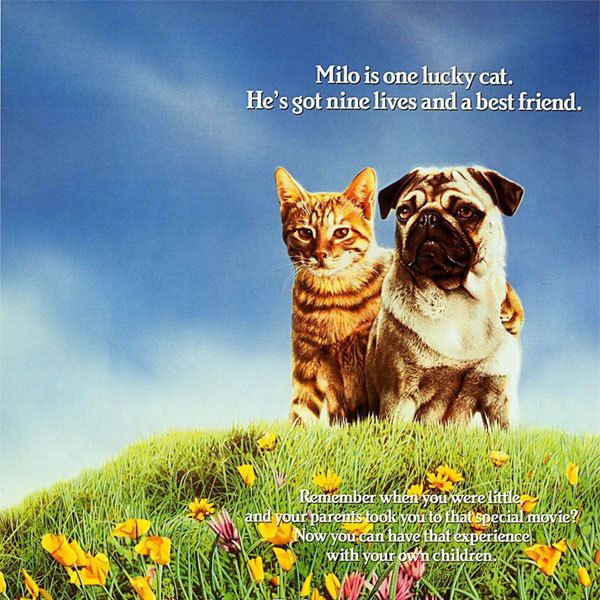
Otis, for his part, follows Milo throughout, usually only an hour behind and less than a mile out of range. Finally, the two catch up with one another. While Milo is in the hole, Otis pulls him out by means of a rope. Milo and Otis are reunited, and soon find mates of their own: Joyce, a white cat, for Milo, and Sondra, a French pug, for Otis. After this, they separate and raise puppies and kittens of their own. Milo, Otis, Joyce, and Sondra find their way back together through the forest to their barn and the credits roll. The credits note "The animals used were filmed under strict supervision with the utmost concern for their handling."
Production
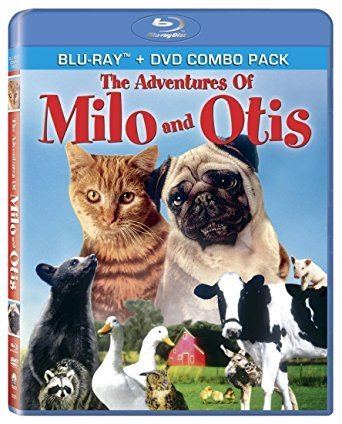
Director Masanori Hata and associate director Kon Ichikawa edited the film together from 74 hours of footage (400,000 ft or 120,000 m of film), shot over a period of three years.
Soundtrack
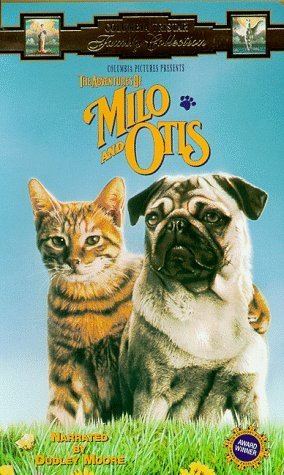
The original Japanese soundtrack, released as The Adventures of Chatran: Original Soundtrack, was composed by Ryuichi Sakamoto and included "Koneko Monogatari" (子猫物語), a theme song performed by Keiko Yoshinaga. During the promotion of the film in Japan, the song "Neko Jita Gokoro mo Koi no Uchi" (猫舌ごころも恋のうち, lit. "My Heart Has a Dislike for Love"), originally recorded by Ushiroyubi Sasaregumi for the Fuji TV anime series High School Kimengumi, was used in commercials for the film.
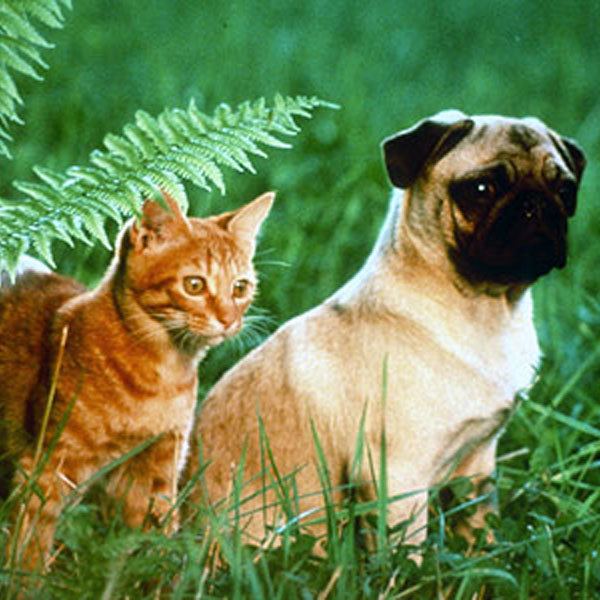
The musical score for the English-language version was composed by Michael Boddicker. Music was borrowed from Elmer Bernstein's score to To Kill a Mockingbird (specifically the two cues, "Roll in the Tire" and "Peek-a-boo" with minor changes in the music), and John Williams' score to The Witches of Eastwick (using these cues "The Township of Eastwick" and "Have Another Cherry!", again with minor changes in the music). The song "Walk Outside", written by Dick Tarrier, is performed by Dan Crow in the opening shots and end credits.

The English-language version of the film also contained music by classical composers including:
Reception
The Adventures of Milo and Otis was the number one Japanese film on the domestic market in 1986, earning ¥5.4 billion in distribution income. At the time, it was the third highest grossing film ever in Japan, beaten only by E.T. the Extra-Terrestrial (1982) and Antarctica (1983).
Reviews for the US version were positive, with an 80% approval rating on Rotten Tomatoes, based on 10 reviews.
Alleged animal cruelty
When the film was first released, several Australian animal rights organizations raised allegations of animal cruelty during filming and called for a boycott. The Sunday Mail reported at the time that Animal Liberation Queensland founder Jacqui Kent alleged the killing of more than 20 kittens during production and added that she was disturbed by reports from Europe which alleged other animals had been injured, as in one case where a producer allegedly had broken a cat's paw to make it appear unsteady on its feet. Other scenes that were the source of controversy were the scene of a kitten falling off a cliff and a scene of a pug fighting a bear. Kent said her organization had a number of complaints from people who had seen the film and were concerned that it could not have been made without cruelty. The Tasmanian and Victorian branches of the RSPCA also alleged abuses.
The film was reported to have the approval of the American Humane Society, despite not having their officers present during filming.
The American Humane Association attempted to investigate cruelty rumors through "contacts in Europe who normally have information on movies throughout the world". While noting that the contacts had also heard the allegations, they were unable to verify them. The organization also reported, "we have tried through humane people in Japan, and through another Japanese producer to determine if these rumors are true, but everything has led to a dead end." The same report noted that several Japanese Humane Societies allowed their names to be used in connection with the film and that the film "shows no animals being injured or harmed".
Awards
01 10 orig milo otis the adventures of chatran koneko monogatari
References
The Adventures of Milo and Otis WikipediaThe Adventures of Milo and Otis IMDbThe Adventures of Milo and Otis Rotten TomatoesThe Adventures of Milo and Otis themoviedb.org
